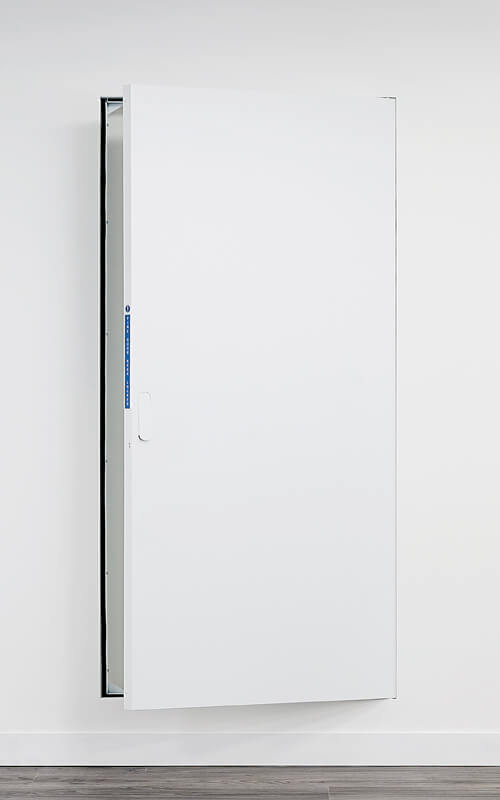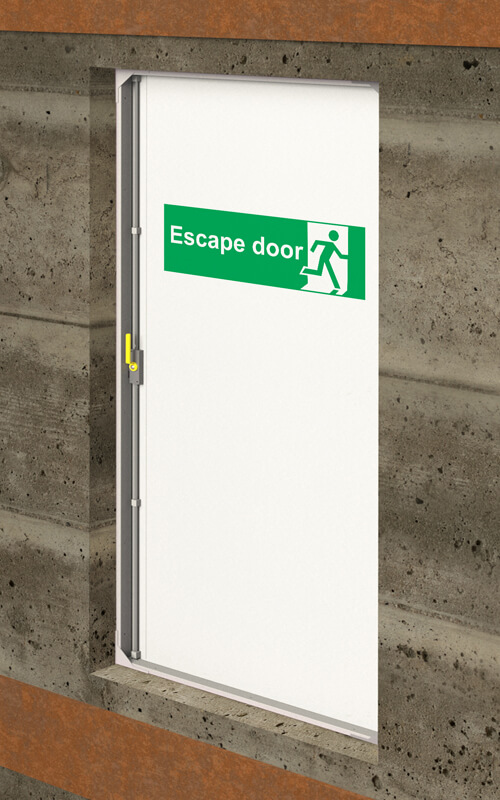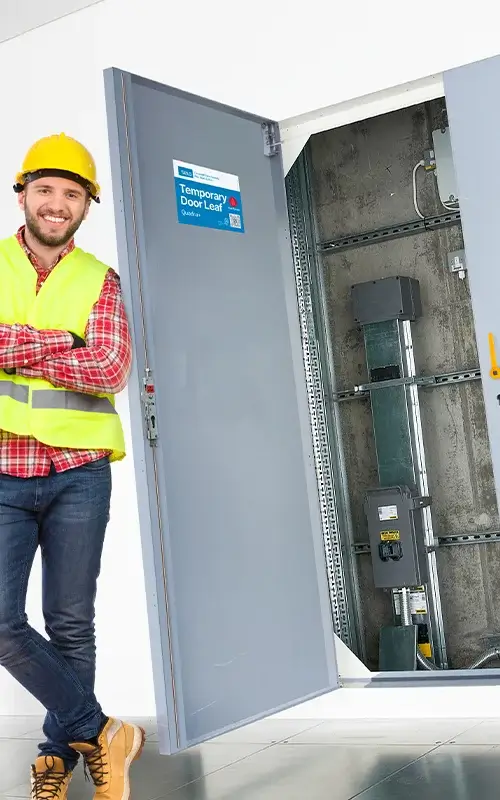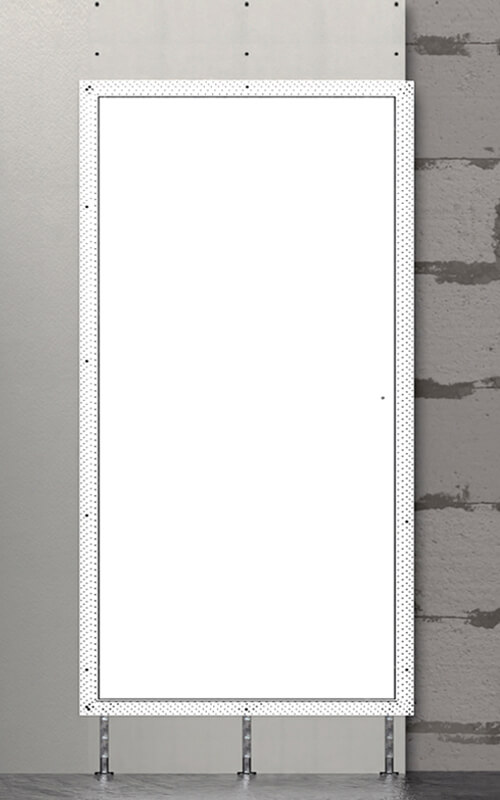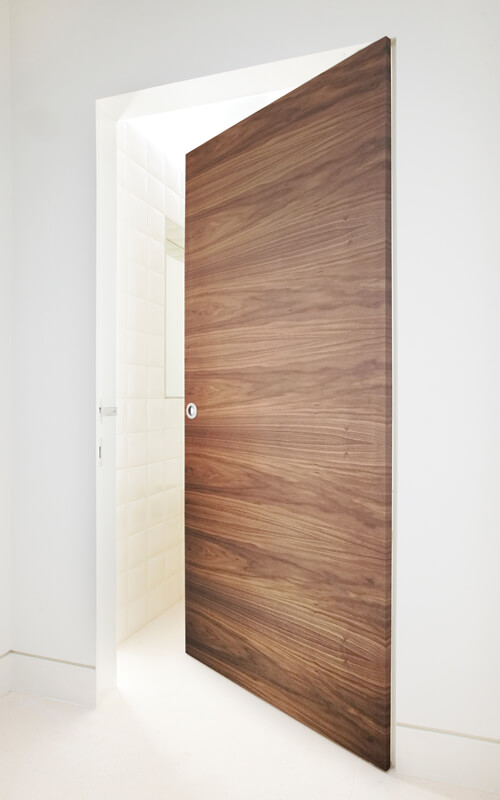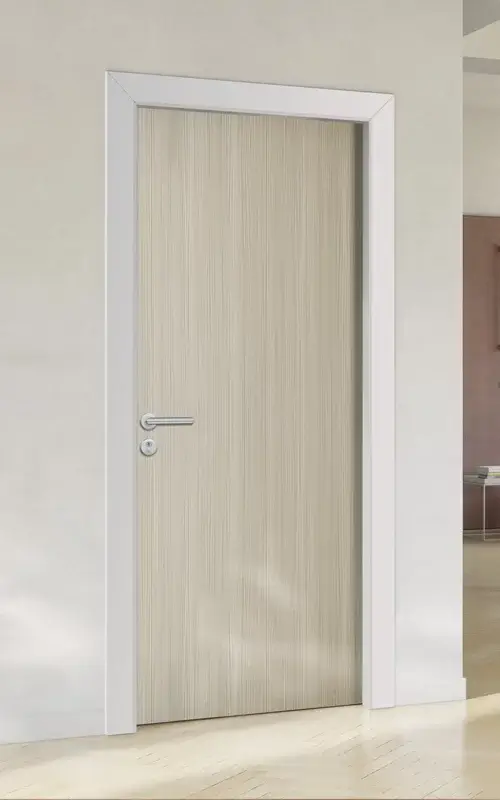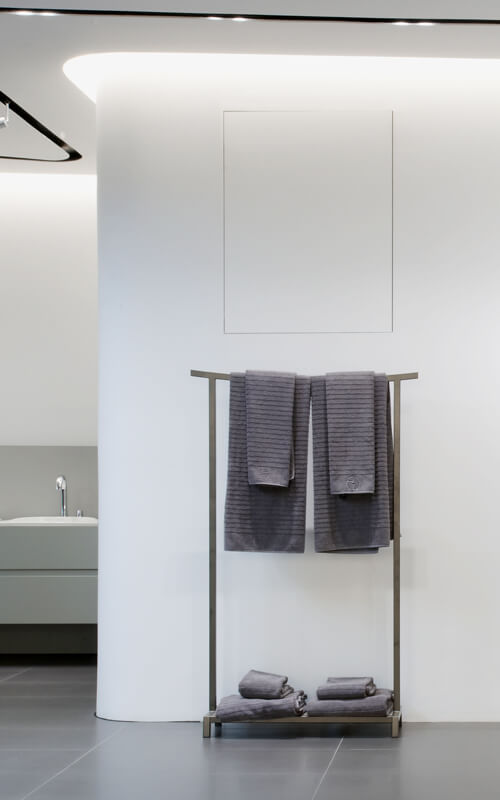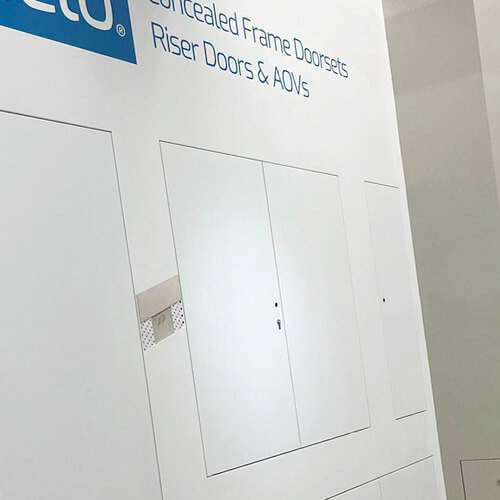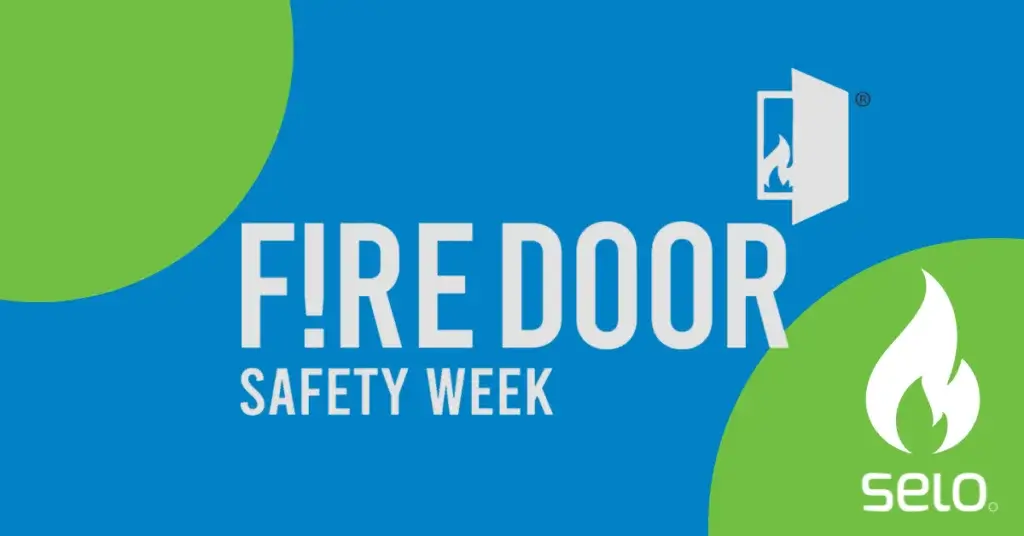
The British Woodworking Federation’s Fire Door Safety Week aims to raise the awareness of the critical role that fire doors play in saving lives and protecting property in the unfortunate event of a fire. Each year, we aim to support by educating our audience on frequently asked questions or new changes within the industry.
Fire Safety hugely matters in the construction industry and to ensure buildings are safe and adhere to the standards is crucial. Fire safety prevents the loss of lives, fires can spread quickly, and having proper safety measures in place can save lives by providing people with enough time to evacuate and escape harm.
At Selo, we exist to simplify bespoke and complex building methods, and creating innovative, aesthetic fire compliant solutions is at the heart of what we do. But we also aim to educate the market, to enable safe and compliant fire solutions. We don’t try and educate during this week, we aim to do it all year round.
We have pulled together a blog of key things to consider for fire door safety.
Specifying fire doorsets
Specifying the correct fire doorset for your project is crucial as this will ensure the people and the building are safe in case a fire breaks out. Fire ratings and classifications can be complex, but it is important to understand what classification of performance the door needs to be to be compliant. The main elements to check before choosing your door is to check the duration the fire door has been tested to, consider the location for example will the door be installed internally or externally. Finally, you need to verify certification, to ensure that the doors are compliant with the building’s safety regulations.
How to check the fire doorset is compliant and why it is important to maintain it
It is critical to ensure your fire door, including the wall it is being installed in, and any hardware attached are a fire complaint system. The mains things to check for are:
- Check the door is certified
- The duration the door has been tested to and the requirement for the walls and building as a system
- Ensure the ironmongery has been tested and approved for the doorset
- Gaps – on the side of the door should be 3mm around the door or as specified in the test evidence if greater
- Check for any damage as this could affect the performance of the door
Maintaining fire doors is an essential part of fire safety. Fire doors help to contain smoke and flames, preventing them from spreading throughout a building and giving people more time to evacuate. To ensure that fire doors perform their function effectively, regular maintenance is crucial. Regular maintenance could include checking for damage, inspecting seals, checking the hinges and making sure the labels are clear and visible. Making fire compliance a non-negotiable priority for safety.
What ironmongery can I have on a fire doorset?
The fire doors must be tested and certified to meet performance standards. It is also important to ensure there is test evidence for the ironmongery with the doorset. Correct installation can also play a part in this, so it is just as important as the rating itself.
Choosing the wrong ironmongery for a doorset is a common problem because most people believe it doesn’t matter what they choose and wouldn’t affect the fire rating of the door, but actually it does. To help keep it simple for architects, we provide a list of ironmongery you can use for the different rating of fire doors.
If you are unsure, we hight recommend speaking to the manufacturers as they will be able to advise what you can select to ensure your doorset remains compliant. Always check the field of application (FOA) report to ensure there is sufficient test evidence.
Removal of BS47-22
BS 476 has long been the British Standard for fire testing building materials and structural elements. It provided a framework for grading fire resistance across different parts of a building, with Part 22 specifically covering the fire performance of doors.
To ensure your development remains compliant for the future, you should opt for an E rated fire door as all national standards have been removed from building regulations with regard to fire protection performance, so all of the parts of BS476 for both reaction and resistance to fire in approved document B have been removed. Only the EN standards can be used to define performance from the end of the 5-year coexistence period which is 2nd September 2029.
Upcoming changes
It is important to keep up to date with changes that will affect fire door safety. A major change within the industry that impacts all construction products, including fire protection is PAS2000, a Construction Products Code of Practice. PAS2000 is a pre-market risk assessment focusing on bringing safe products to market. It is currently out for public consultation, and it is expected to be published by the end of this year, or Q1 in 2026.
Conclusion
In conclusion, fire door safety is crucial in the construction industry as they are designed to save lives and protect buildings. There are many factors to be aware of with fire doors to make sure they are compliant and are in line with the building’s standards. There are a number of changes upcoming which should improve fire door safety and the regulations.
If you have any questions relating fire doors and their ratings, get in touch today as our expert team are on hand to help.


